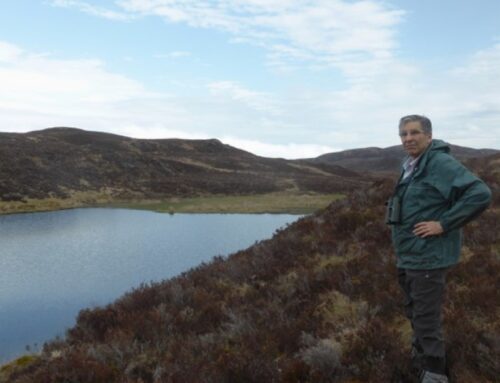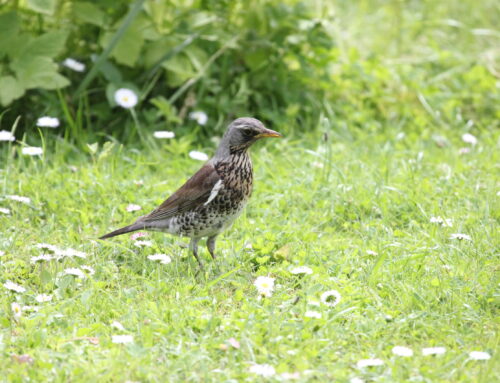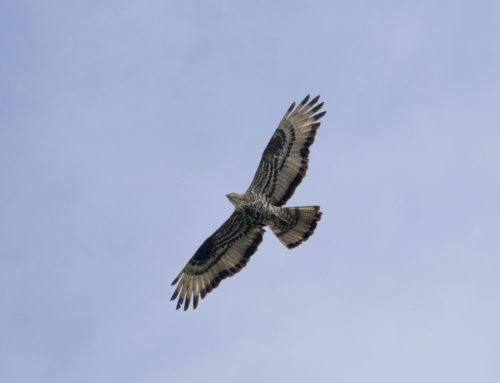A call for old rare breeding bird records

Red-backed Shrike fledgling, Ian Francis
The Rare Breeding Bird Panel held its first meeting as an independent body in April 1973, which means we will be celebrating 50 years of monitoring the UK’s rarest breeding birds in 2023. To mark the half-century anniversary, we have a number of activities planned, including new papers, website developments and an RBBP conference to be held online in spring 2023. We will be sharing details on these anniversary activities here as soon as we are able.
Over this past half century, we have amassed a huge wealth of data (over 180,000 records) in our secure archive, including some eye-catching records of great rarities. Nesting by pairs of Spotted and Pectoral Sandpipers, Kentish Plover and Iberian Chiffchaff, hybrid breeding by the likes of Pied-billed Grebe, Pallid Harrier and Ring-necked Duck, and a range of “did they, didn’t they?” records including Ferruginous Duck, Turnstone and Broad-billed Sandpiper. Another such record, albeit from just before the formation of the Panel, has just been published in a short paper by RBBP Archivist (and former Secretary) Mark Holling in the July issue of British Birds, describing the probable breeding of Great Grey Shrike in Highland in 1969 – we will publish a blog on this in the next few days. We intend to publish more such “From the RBBP archives” papers in the future, with one on breeding attempts by Spotted Sandpipers currently in preparation.

Lapland Bunting, Ian Francis
We are, nonetheless, aware that our archive is incomplete, particularly from the earlier years of RBBP activity. Many of the records we hold are incomplete, lacking site details, or being summarised at county or regional scales. This incomplete recording was particularly prevalent for the rarest breeding birds; we are, for example, missing site details for 15 of the 27 records of Lapland Bunting in the RBBP database, and 26 of 72 records for Temminck’s Stint. Many records of Honey-buzzard have no location details, sometimes not even which county they were in! It took many years until the RBBP was trusted with full data by some observers (although some data is still reported at coarse spatial scales to this day, hampering its value for conservation and research use). With nigh on 50 years without a single occasion of inadvertent release or misappropriate use of RBBP data, we believe that any fears around entrusting the RBBP with sensitive data should now be allayed, and we are appealing to all those who might hold such data on historic breeding records to share it retrospectively before it is lost from the ornithological record. In particular, we are keen to receive records of the breeding or potential breeding of extremely rare breeders not shared previously, and site information for records for which this was withheld in original submissions.
So, if you have valuable data sitting on a hard drive, or in fading ink in an old notebook, please consider digging it out and sharing it with us to save it being lost from ornithological knowledge and conservation use for ever.
By 2025, RBBP will hold data spanning 50 years of change in the UK’s rare breeding birds, and we are planning to publish a range of new analyses and species’ accounts based on this data, so now is the ideal time to ensure we are doing so based upon the best possible information. Observers may be uncertain on which details may have already been submitted to RBBP in the past; if there is a possibility that you hold data not known to the RBBP, we would urge you to err on the side of caution and contact us to discuss whether you hold data of interest to the Panel (secretary@rbbp.org.uk). Our published reports, available here, may give an indication on whether we hold data already; our “explore reports” facility allows you to extract any desired species/years combination from these reports, a handy tool for checking.






